White River National Wildlife Refuge
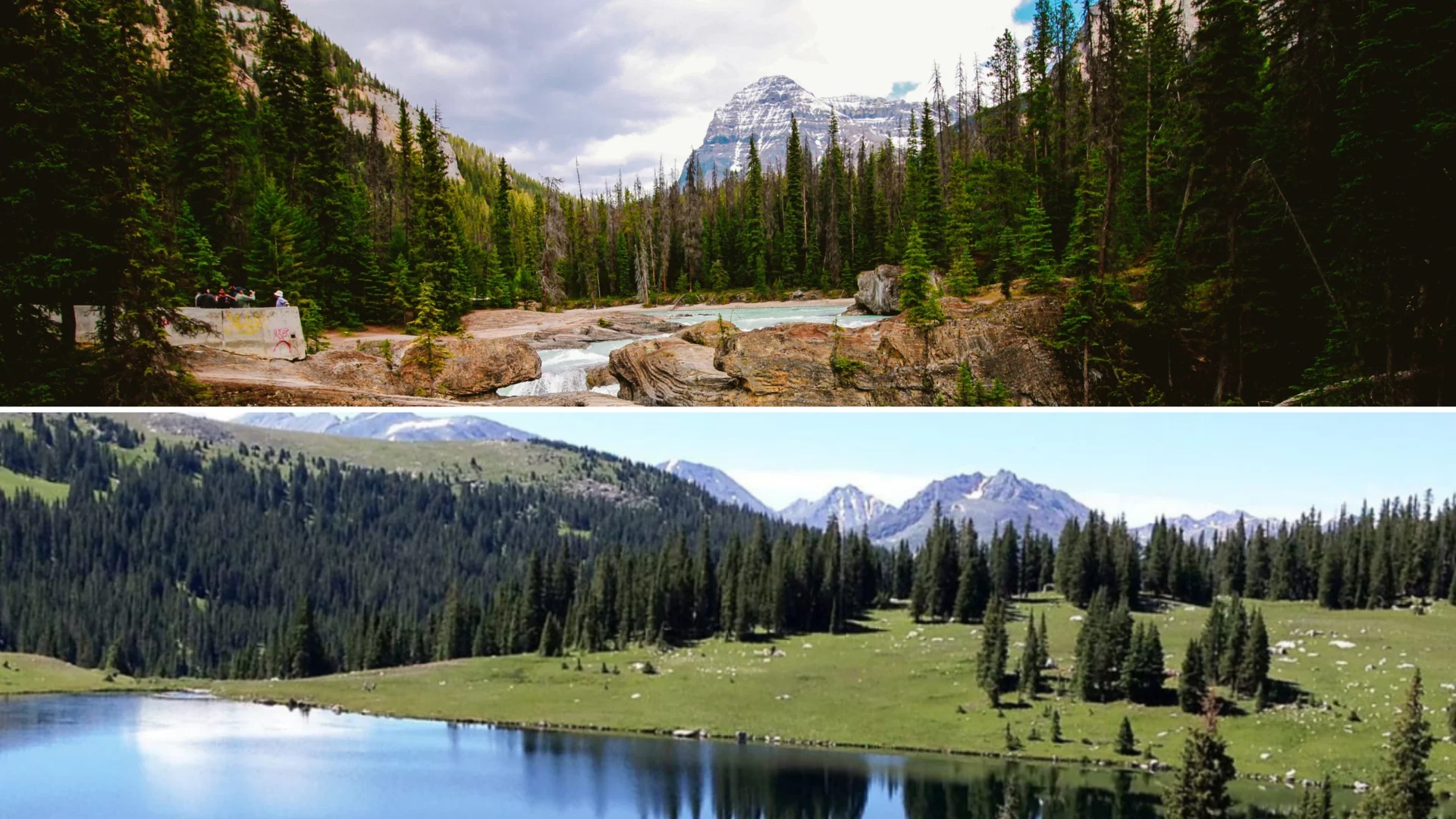
White River National Wildlife Refuge was founded in 1935 to safeguard migratory animals and birds and ensure their safety. Near the point where the White River meets the Mississippi; you’ll find the refuge on its floodplain. The bottomland hardwood forest at White River National Wildlife Refuge is one of the greatest examples of its kind still in the Mississippi River Valley.
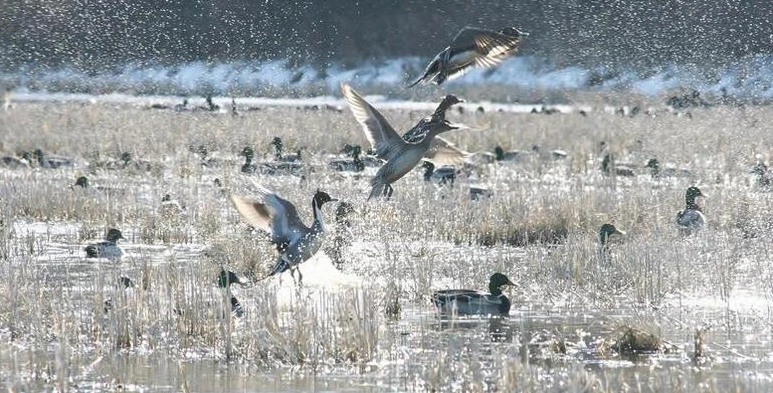
Nearly two-thirds of the birds in the state may be at the White River National Wildlife Refuge. The refuge is a resting place for many Neotropical migratory songbirds on their way to or from Central and South America. Mallards, gadwalls, American widgeon, and green-winged teal are some migratory waterfowl that use the Mississippi Flyway to begin their journey south in the early fall and reach their peak by late December.
Topography Of White River National Wildlife Refuge
White River National Wildlife Refuge is characterized by diverse topography. It features Lake Jones, a prominent lake within the refuge that provides a habitat for various aquatic species.
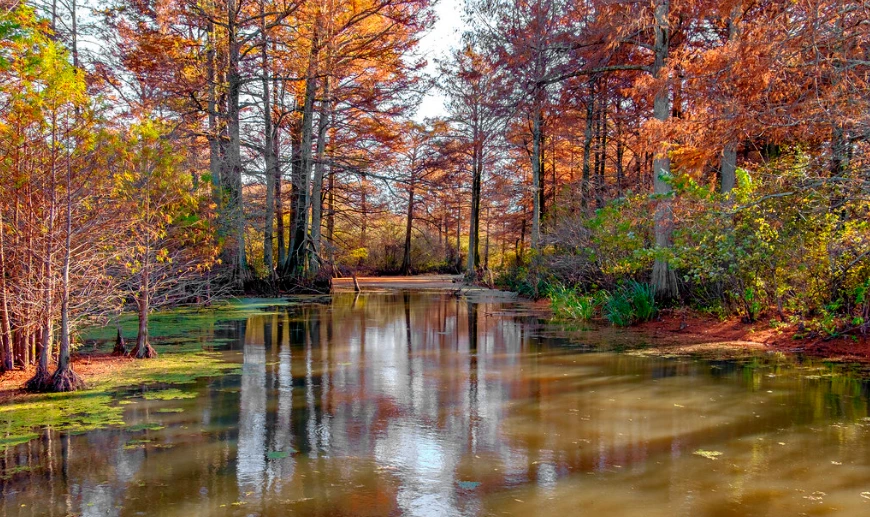

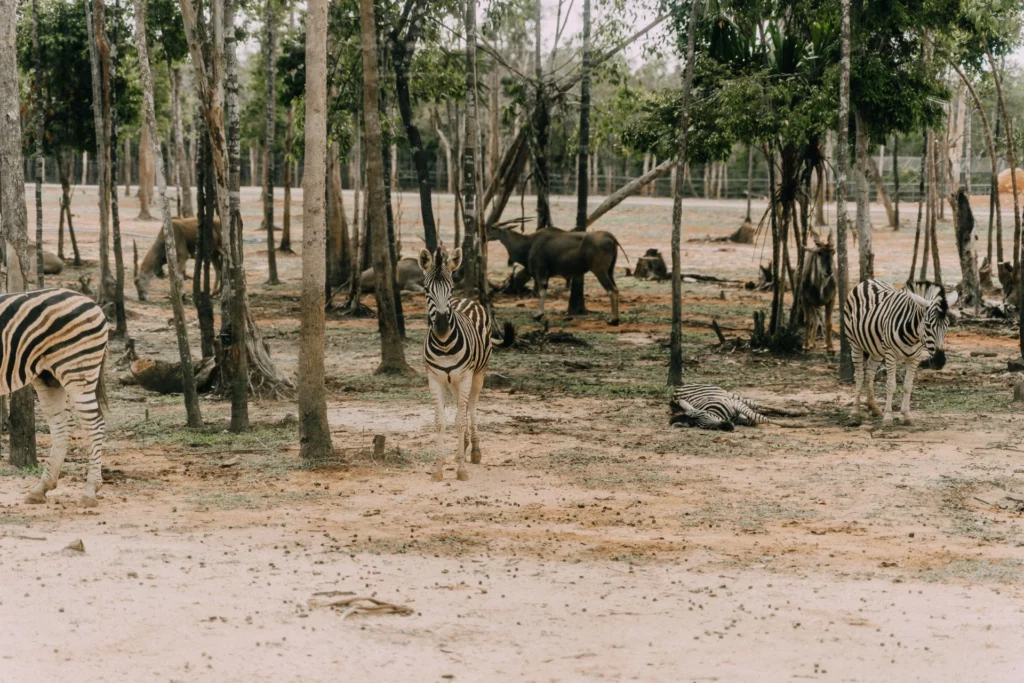
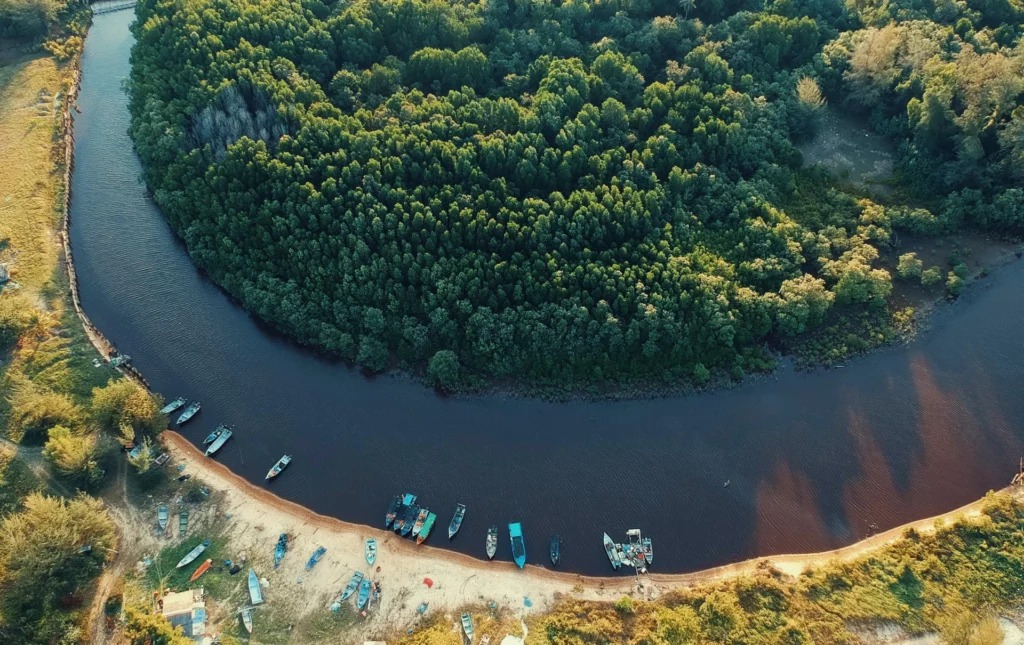
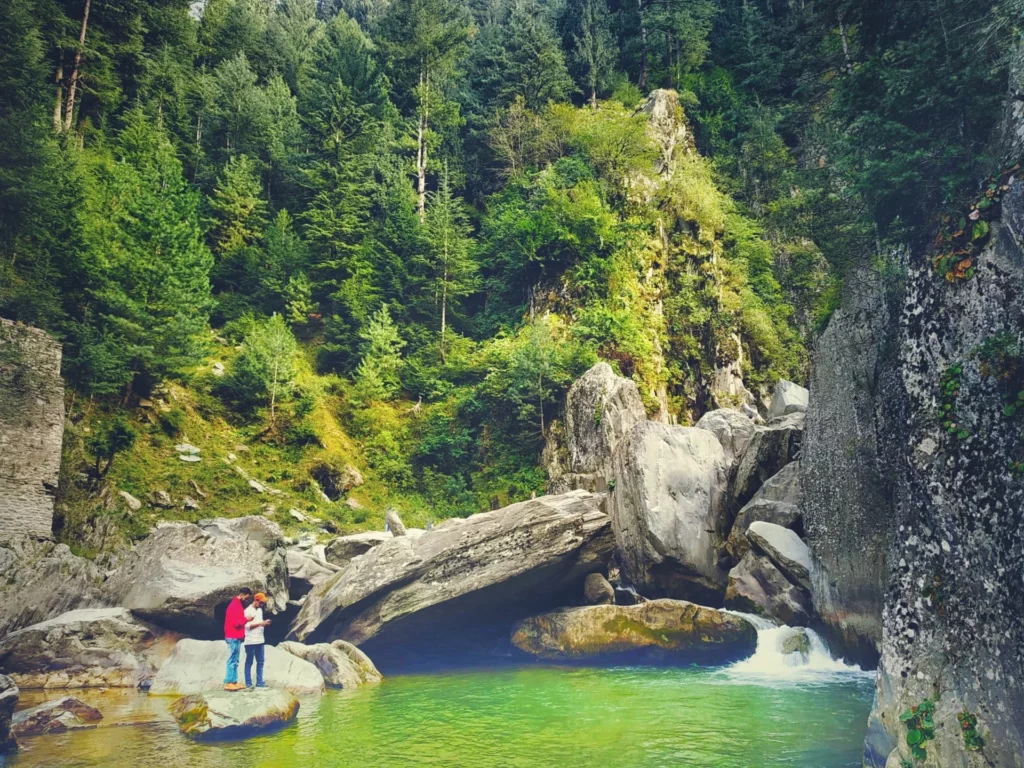
The refuge also encompasses extensive lowland swamps, offering unique wetland ecosystems and supporting rich biodiversity. Additionally, numerous streams and rivers meander through the refuge, enhancing its natural beauty and providing crucial water resources for wildlife.
Lake Jones
More than 300 lakes and ponds are in the White River National Wildlife Refuge. Lakes and ponds provide various advantages to animals that live in various habitats, including water, food, a place to reproduce, a haven underwater, and security from pests. This region is home to a wide variety of animals, including amphibians and reptiles, including water snakes, beavers, ducks, eagles, deer, and perhaps even black bears.
Lowland Swamp
Southern United States’ most fruitful living communities are its bottomland hardwood woods. In the moist and tangled depths of the swamps, a wider variety of flora, fauna, avifauna, and florae can flourish than anywhere else in the southern United States. It includes more than 70 different types of trees. Because bottomland hardwood woods produce acorns, berries, and seeds at different times, some food source is always available for the fauna.
Streams And Rivers
The White River runs through White River National Wildlife Refuge for 90 miles and is a notable feature. Many streams, bayous, and sloughs run through the refuge and end up in the White River. These waterways that connect make up a varied and changing ecosystem that is important for many kinds of wildlife. The river and its branches are a big reason so many different kinds of animals are in the refuge. It makes it a safe place for both aquatic and land animals.
Camping At White River National Wildlife Refuge
On the South Unit, camping is permitted year-round at the campgrounds at Jacks Bay, Hudson’s Landing, Moon Lake, and Floodgate. On the North Unit, camping is allowed all year round in the Kansas Lake Area and other locations specified on the map legend. Except for Prairie Lakes and Smokehouse Hill Campgrounds, open until December 31, camping is permitted at all other South Unit locations from March 1 through December 15.
Hunting At White River National Wildlife Refuge
Hunting is permitted at White River National Wildlife Refuge, offering opportunities for various game species. White-tailed deer, turkeys, ducks, and other types of wildlife may be hunted in certain places designated specifically for that purpose. The refuge provides a diverse habitat that supports these populations, creating a balanced ecosystem.
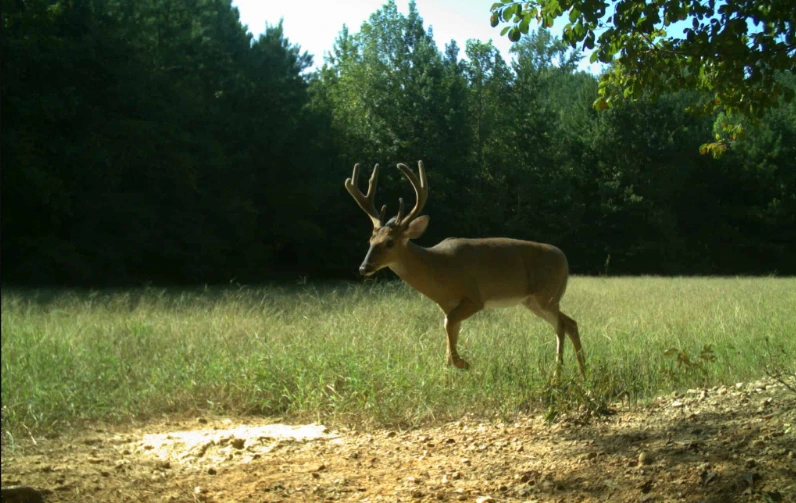
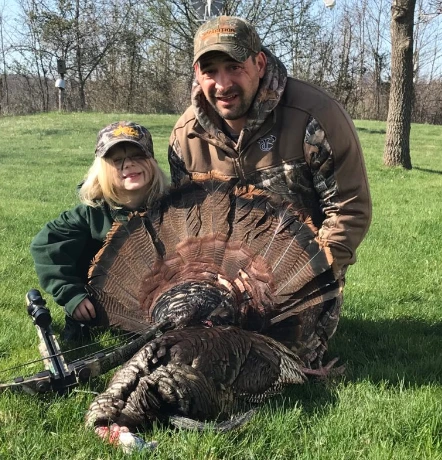


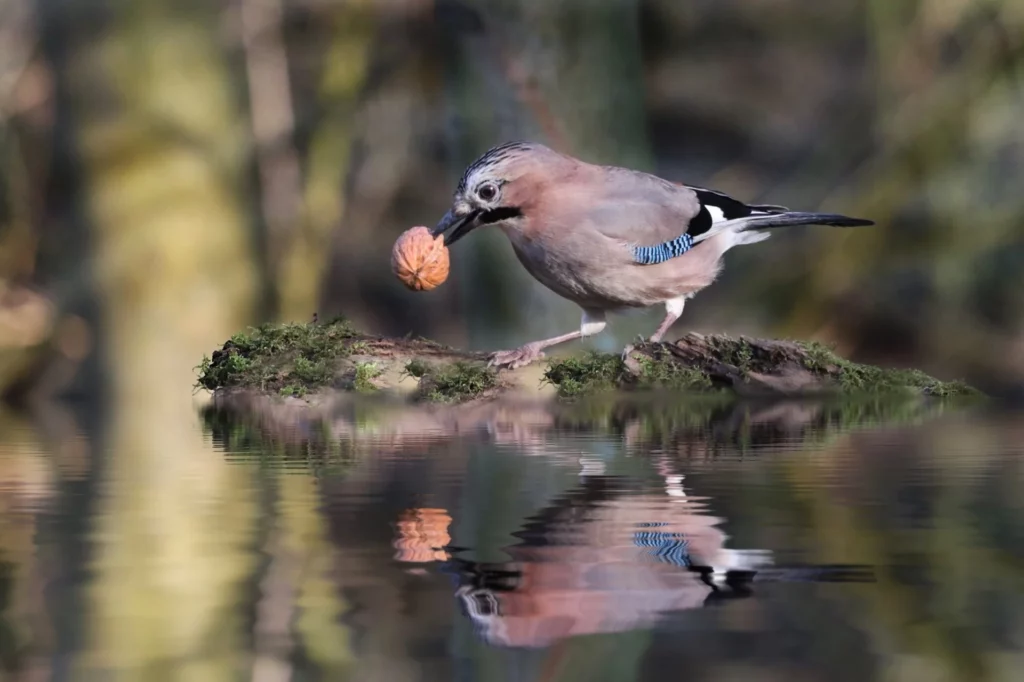
Hunters can enjoy the thrill of the chase while adhering to regulations and guidelines set by the refuge. By promoting responsible hunting practices, White River National Wildlife Refuge ensures sustainable wildlife management and contributes to the conservation of these species.
Address: 57 C Camp Rd, St Charles, AR 72140, United States
Opens- Closed: 8 am- 2:30 pm Fri
Phone: +1 870-282-8200
Email: whiteriver@fws.gov.
Management: U.S. Fish and Wildlife Service
Area: 160,756 acres (650.56 km2)
Established: 1935
Designated: November 21, 1989
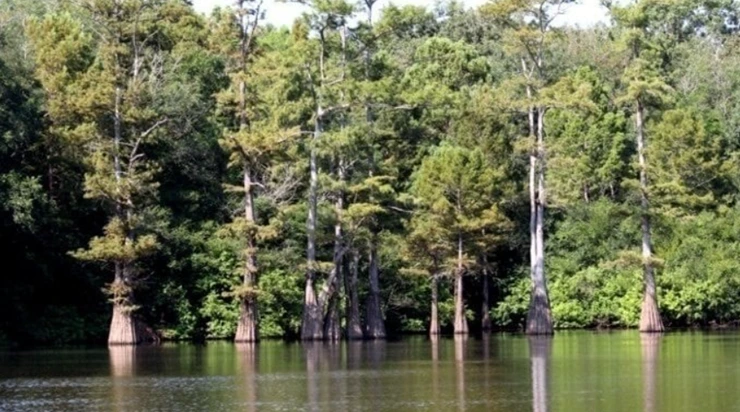

You must be logged in to post a comment.